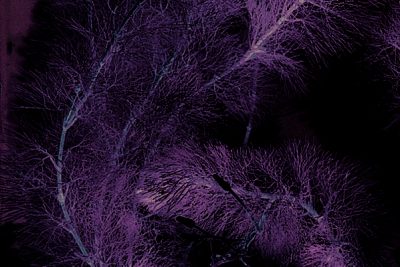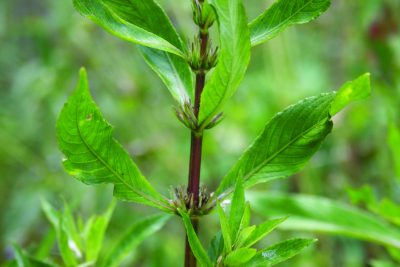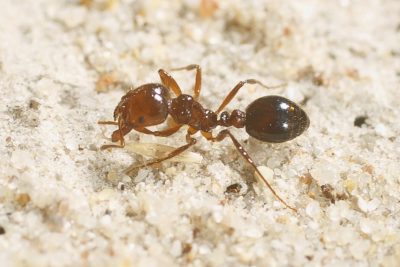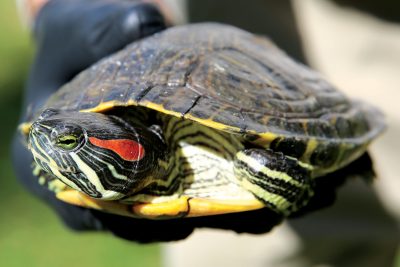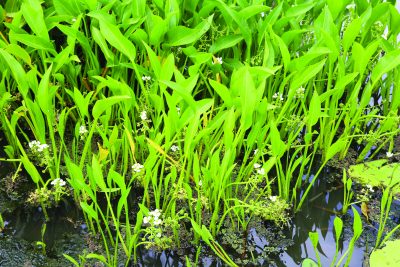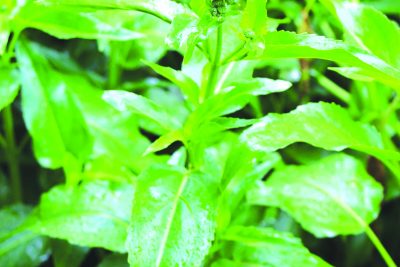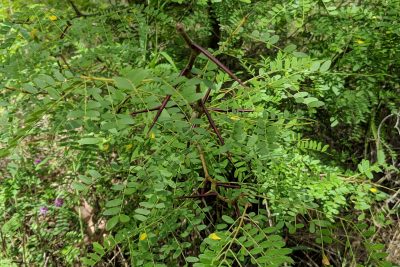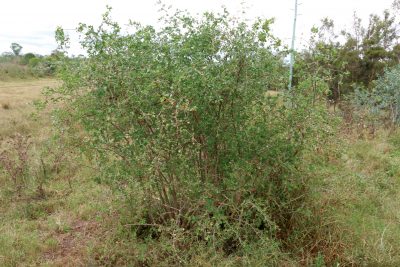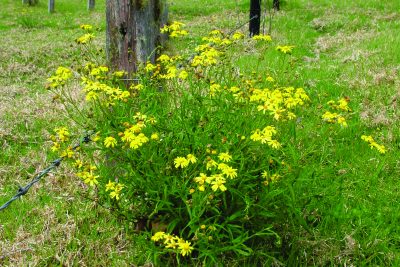Preventing the incursion of new invasive species in the Wide Bay Burnett is our number one priority. The WBBROC Invasive Species Advisory Committee and its local governments are continuously working together to identify these ‘high-priority invasive species’ and develop management programs that aim to either prevent their introduction into the region; or to support early detection and reporting within the community.
Provided below are 9 high-priority invasive species that the WBBROC Invasive Species Advisory Committee is currently concerned of. If you see any of these species please report them to your local government’s biosecurity officer as soon as possible!
Cabomba
Native to North and South America, cabomba is a fully submerged aquatic plant, originally introduced…
Hygrophila
Native to Mexico and Argentina, hygrophila is a flowering, erect herb that grows on creekbanks…
Fire Ants
Native to South America, fire ants are considered as oe of the greatest biosecurity threats…
Red-Ear Slider Turtle
Native to the United States of America, the red-eared slider turtle is a freshwater turtle…
Sagittaria
Native to North America, sagittaria is an aquatic perennial introduced to Australia as an aquatic…
Senegal Tea
Native to South America, Senegal tea is an aquatic perennial introduced to Australia as an…
Honey Locust
Native to North America (from Mexico to Canada), honey locust is a large, spiny, rapidly…
African Boxthorn
Native to southern Africa, African boxthorn is a spiny shrub introduced to Australia in the…
Fire Weed
Native to southern Africa, fireweed is a daisy-like herb and is often mistaken with closely…

This website has been developed through funding by the Queensland Government as part of the Better Partnership Project.


